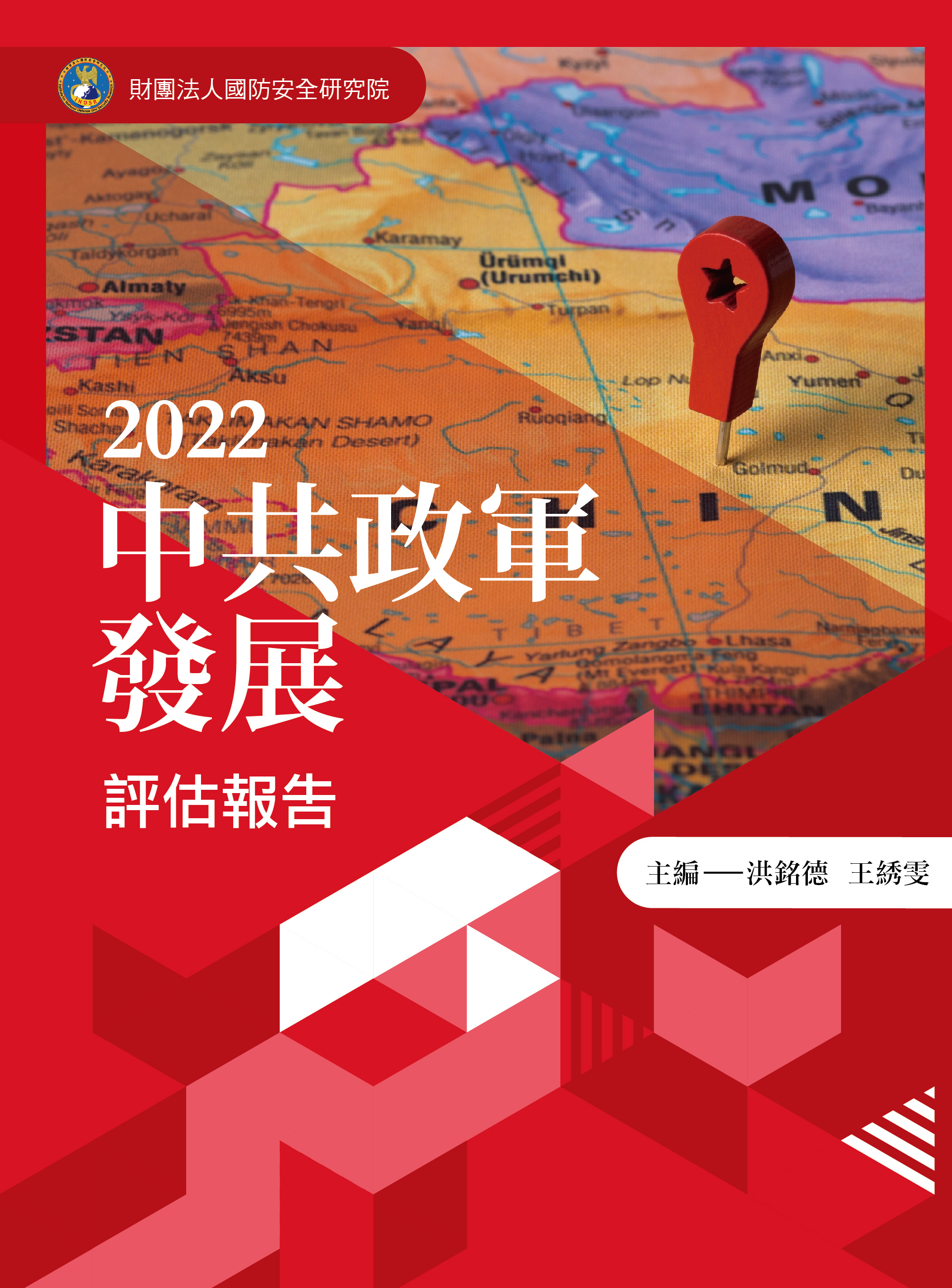Chapter 10 Military Preparedness of the PLA in South China Sea Airspace
2023.01.18
Views
1031
PDF link:第十章 解放軍於南海空域之軍事鬥爭準備.pdf
Abstract
In order to intensify PMS, meaning to prepare for military struggle, in the airspace of the South China Sea, the PLA has improved its ability in conducting drills, expanding air domain awareness, and implementing combat readiness patrols. Both the PLAAF and the PLANAF are playing essential roles in the process.
Despite the diversity of the far-sea training, the combat ability of the PLA seems to be weaker beyond the outer limits of offshore waters. According to recent cases, UAV have been involved in joint exercises in a high-profile way by monitoring processes, guiding weapons, carrying out of inspections, and transporting signals. As to anti-submarine training, the PLA prefers the aerial approach rather than depending on the sonar system of its guided-missile destroyers. While the PLA creates models for the PLAAF of the Southern theater command, it also attempts to manipulate international law by making controversial statements.
For the purpose countering the freedom of navigation operation conducting by the U.S. Navy, the PLA, using runaways built upon occupied reefs in the Spratly Islands, began to expand its airborne combat ability to the southern part of the South China Sea and its outer areas and strengthen PLA’s airborne search ability beyond 300 meters depth in the South China Sea.
Besides, the PLA aggressively applies the Beidou Satellite System to broaden its Airspace Domain Awareness in the South China Sea, thereby upgrading the real-time monitoring capability, orienting aircrafts, guiding missiles with multiple platforms, and framing the 3D common operational picture.
Combat Air Patrol, which is a result of PLA’s PMS in the airspace of the South China Sea, is a way to deliver intimidation mainly through patrols of the strategic bomber as a tool for protecting territorial items, conducting air-to-air refueling for fighter jets on duty, demarcating the boundary of spere of influence with flight paths, forming a diversified patrolling system, and mounting joint attacks with different theater commands. In recent, the combat air patrol of the PLA has started to engage in collection of evidence for sovereignty protection and electronic confrontation with the U.S. Navy.


